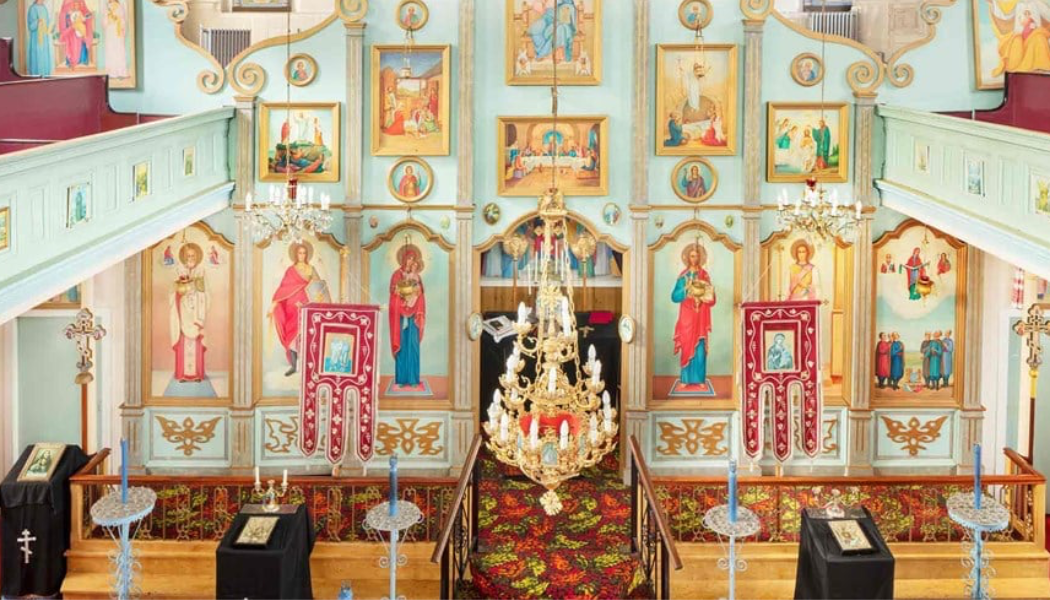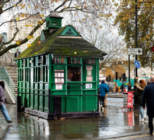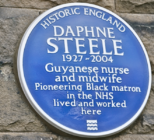A Ukrainian community memorial in Bradford and two Ukrainian churches in Salford and Oldham have been granted Grade II listed status by the Department for Culture, Media and Sport (DCMS), on Historic England’s advice.
A further three churches in Manchester and Bradford and a community centre in Huddersfield – which are already listed – have had their stories updated on the National Heritage List for England (NHLE) to reflect the significance of their Ukrainian history.
The listings have been made ahead of celebrations for the Eurovision Song Contest, which is being hosted in Liverpool on behalf of Ukraine.
In Bradford, the Ukrainian Community Memorial – which pays tribute to lives lost to war amid the graves of people of Ukrainian desecent, has been listed at Grade II.
Salford’s Ukrainian Catholic Church of the Dormition of the Holy Mary Mother of God has also been listed at Grade II. The church, the first owned by Ukrainian Catholics in Great Britain, was consecrated in 1954, bought by the Ukrainian community to create their first permanent home in the north.
The final new listing is The Ukrainian Catholic Church of St Peter and St Paul and All Saints, in Oldham, listed at Grade II.
The church was adopted as the Ukrainian Catholic Church of All Saints & St Peter & St Paul in 1987, having previously been an Anglican church. Its external gothic design, typical of the Anglican Church, has in addition an elaborate metal canopy over the altar, and an ornate screen of icons.
Listings which have had their stories updated include Edgerton Hill Ukrainian Community Centre in Huddersfield. Historic England says the Georgian villa, which has been historically central to the Ukrainian community in Huddersfield since the mid-1960s, is now providing support for the new wave of refugees fleeing war in Ukraine.
“It feels right to celebrate Ukrainian heritage in the north of England as the nation gets ready to host Eurovision, on behalf of Ukraine,” said Duncan Wilson, Chief Executive of Historic England.
“We are turning the spotlight on special places which help tell the story of Ukrainian life and traditions.
“These places were established as safe spaces, over decades, by people who wanted to keep Ukraine in their hearts and their heritage alive. They show the resilience and resourcefulness of Ukrainian communities and their dedication to protecting their language, beliefs, and way of life.”










